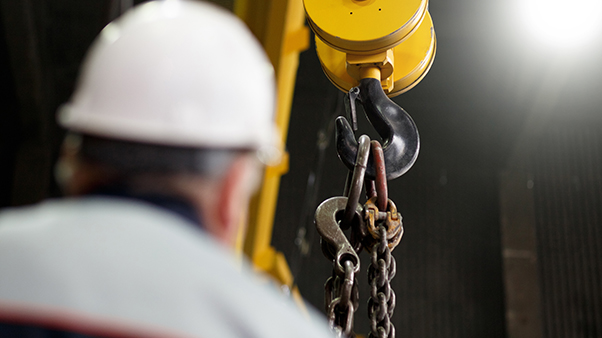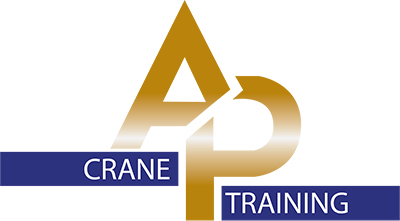
Overhead Bridge and Gantry Safety Crane Training 29CFR 1910.179(A)(35),(B)(8)ASME B30.2
Overhead bridges and gantry safety are important for operators and supervisors. Operators are responsible for the daily operations and safe performance of cranes at all times. California Crane Training gives the operators the knowledge to operate safely and reduce accidents that cause downtime.
AP Crane Training provides specialized training for overhead bridge safety crane training. However, rigging and signalperson can be added as a module. Training is offered at your location anywhere in the United States and can be done online from your desktop or laptop computer. Safety crane training is our first priority. Call and schedule a class today.
Crane accidents cause injuries to operators, workers on the job site, and even people nearby. The majority of overhead safety crane accidents are caused by human errors which result in many safety risks. Accidents can be minimized or prevented through proper safety training.
Overhead Bridge and Gantry Safety Crane Training Topics Covered:
- Size and characteristics of overhead bridge cranes.
- Operational modes.
- Major operational components.
- Emergency shutdown procedures.
- Lockout / tag-out requirements.
- Inspect visual and audible hazards.
- Control labeling and conditioning.
- Pendant control strain relief.
- Warning and capacity labeling.
- Wire rope or chain condition.
- Requirements for guards.
- Emergency stop function.
- Operation of an overhead hoist, bridge, and trolley.
- Bumper and stop requirements.
- Limit devices and control functions.
- Load control and operation safety.
- Load block, hook, and latch.
- How to determine load weight.
- How to avoid side pulling & load swing.
- How to conduct a hoist brake check.
- Load path and personal safety.
- Activation of warning alarm.
- Operation of an overhead hoist, bridge, and trolley.
- How to avoid shock loading.
- Floor capacity for load placement.
- Reporting deficiencies.
- Regulations for operators.
- Overhead crane manufacturer’s instructions.
- Functions and limitations of overhead bridge cranes.
